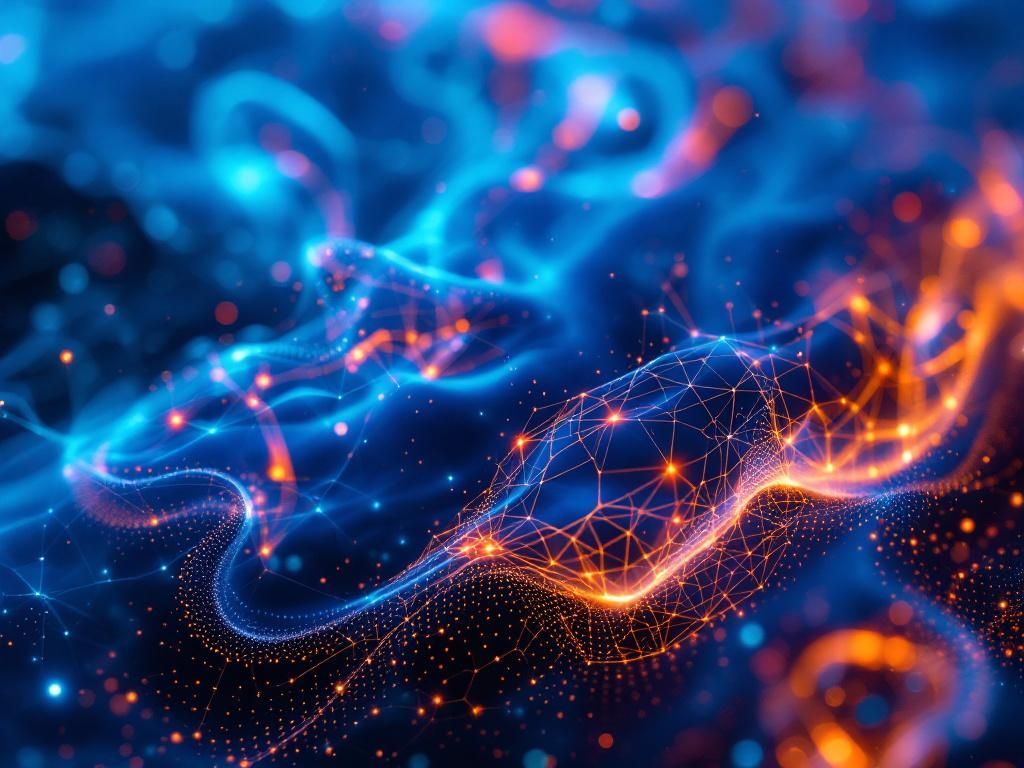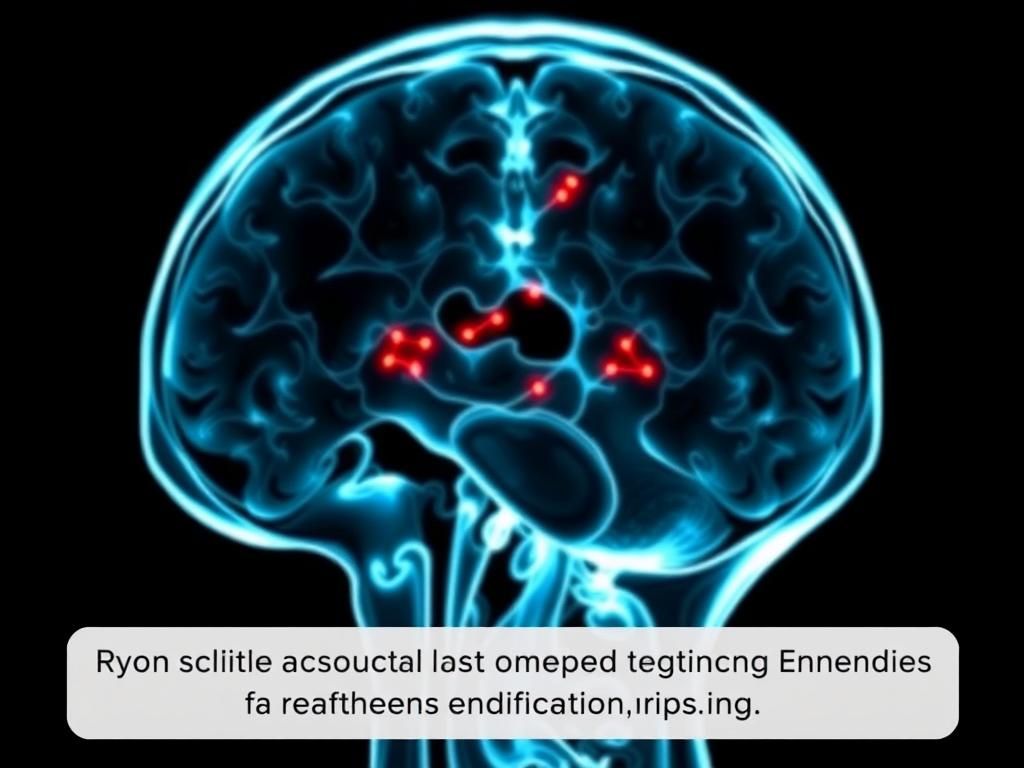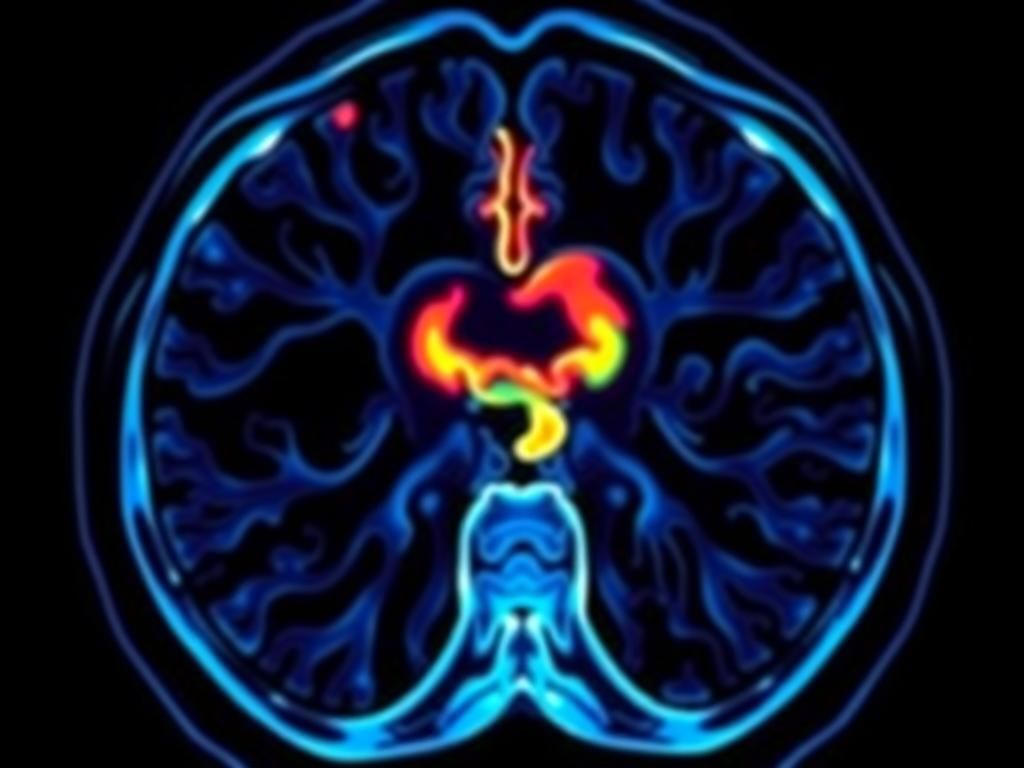In the realm of healthcare, the ability to accurately and rapidly analyze medical images can make a critical difference in patient outcomes. Recent years have witnessed an unprecedented shift in medical imaging, driven largely by advancements in deep learning technology. This article delves into how deep learning tools are revolutionizing the field of medical imaging, enhancing diagnostic accuracy, streamlining workflows, and ultimately improving the quality of care provided to patients.
The Rise of Deep Learning in Medical Imaging
Deep learning, a subset of artificial intelligence (AI), has transformed numerous industries, and medicine is no exception. With the advent of powerful computational capabilities and the availability of large datasets, deep learning algorithms have shown remarkable proficiency in image recognition tasks. This capability is particularly valuable in medical imaging, where precision and accuracy are paramount.
Understanding Deep Learning
At its core, deep learning involves the use of neural networks with many layers (hence ‘deep’). These networks are trained using vast amounts of data, allowing them to learn intricate patterns and features within images. In medical imaging, these networks can identify anomalies such as tumors, fractures, or other pathological conditions with high accuracy.
Applications of Deep Learning in Medical Imaging
Deep learning techniques are being applied across various medical imaging modalities, including:
- X-rays
- Magnetic Resonance Imaging (MRI)
- Computed Tomography (CT)
- Ultrasound
- Positron Emission Tomography (PET)
X-ray Analysis
Deep learning models have been successfully developed to analyze chest X-rays, helping radiologists detect conditions such as pneumonia, tuberculosis, and lung cancer. For instance, studies have demonstrated that deep learning algorithms can match or even exceed the performance of human radiologists in identifying certain diseases from X-ray images.
MRI and CT Scans
In the fields of MRI and CT imaging, deep learning is utilized for tasks such as:
| Task | Description |
|---|---|
| Segmentation | Identifying and delineating anatomical structures, such as organs or tumors, within images. |
| Image Reconstruction | Enhancing the quality of images by reducing noise and artifacts, leading to clearer visuals. |
| Classification | Determining the type of abnormality present in the scanned images, aiding in diagnosis. |
Ultrasound Imaging
Deep learning has significantly improved the analysis of ultrasound images, which can be challenging due to the variability in image quality and the skill of the operator. AI-based tools can automate the detection of fetal anomalies, cardiac issues, and other conditions, thus enhancing the overall efficiency of ultrasound screening.
Benefits of Utilizing Deep Learning Tools
The integration of deep learning tools into medical imaging offers numerous advantages:
- Increased Accuracy: Deep learning algorithms can consistently provide accurate diagnoses by learning from vast datasets and identifying subtle patterns that may be overlooked by human eyes.
- Time Efficiency: Automated systems can process and analyze images much faster than a human radiologist, thus reducing the time it takes to obtain results.
- Scalability: AI tools can easily scale to handle large volumes of data, which is particularly important in busy clinical settings.
- Reduced Costs: By streamlining workflows and improving diagnostic accuracy, deep learning tools can contribute to lower healthcare costs.
Challenges and Considerations
Despite its promising advantages, the implementation of deep learning in medical imaging also raises several challenges and considerations:
- Data Quality: The effectiveness of deep learning algorithms is heavily reliant on the quality and quantity of training data. Poor quality images or biased datasets can lead to inaccurate results.
- Interpretability: Many deep learning models operate as ‘black boxes,’ making it difficult for medical professionals to understand how a diagnosis was reached. This lack of transparency can hinder trust in AI systems.
- Regulatory Hurdles: The introduction of AI in healthcare is subject to stringent regulatory requirements, which can delay the deployment of promising technologies.
The Future of Deep Learning in Medical Imaging
Looking ahead, the potential for deep learning in medical imaging is vast. As technology evolves, we can expect:
- Enhanced Collaboration: Improved collaboration between radiologists and AI systems, where human expertise combines with automated analysis for superior outcomes.
- Personalized Medicine: AI could drive advancements in personalized treatment plans by analyzing imaging data in conjunction with patient history and genetic information.
- Global Health Impact: Deep learning tools have the potential to democratize access to high-quality imaging analysis, especially in resource-limited settings.
Conclusion
Deep learning tools are undeniably reshaping the landscape of medical imaging. With their ability to enhance diagnostic accuracy and streamline workflows, these technologies hold the promise of significantly improving patient care. However, as we embrace these advancements, it is essential to address the challenges they present to ensure their successful and ethical integration into clinical practice. The future of medical imaging is bright, and deep learning is at the forefront of this revolution.
FAQ
What is deep learning in medical imaging?
Deep learning in medical imaging refers to the use of artificial intelligence algorithms to analyze and interpret medical images, enhancing diagnostic accuracy and efficiency.
How does deep learning improve medical imaging?
Deep learning improves medical imaging by enabling automated detection of anomalies, reducing human error, and providing faster analysis of images.
What are the benefits of using deep learning tools in radiology?
Benefits of deep learning tools in radiology include increased diagnostic precision, reduced workload for radiologists, and the ability to identify patterns in large datasets that may be missed by human eyes.
Are there any challenges associated with deep learning in medical imaging?
Yes, challenges include the need for large annotated datasets, potential biases in training data, and the necessity of regulatory approvals for clinical use.
What is the future of deep learning in medical imaging?
The future of deep learning in medical imaging includes advancements in real-time analysis, integration with other healthcare technologies, and continuous improvement in predictive analytics.
How can healthcare professionals get started with deep learning tools?
Healthcare professionals can get started by engaging in training programs, collaborating with data scientists, and exploring open-source deep learning frameworks tailored for medical applications.




